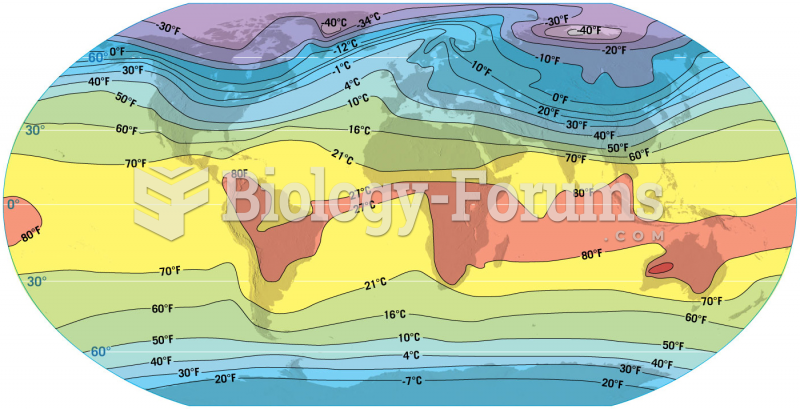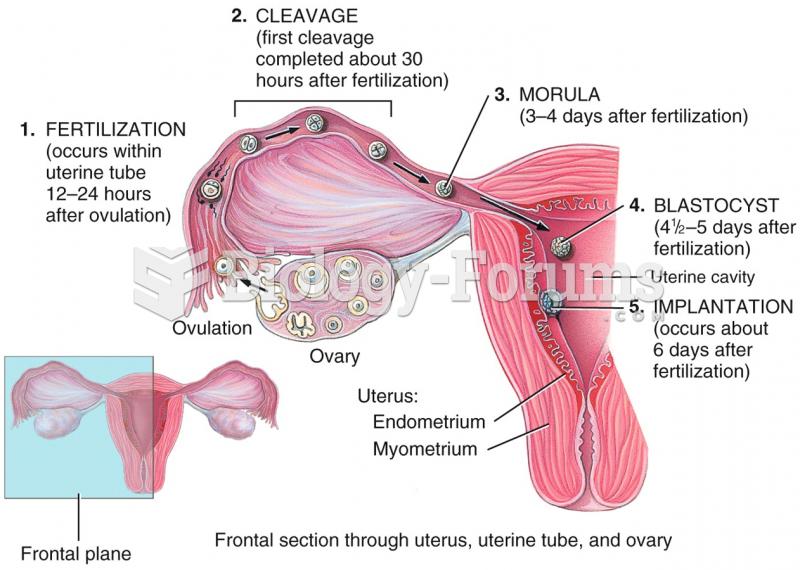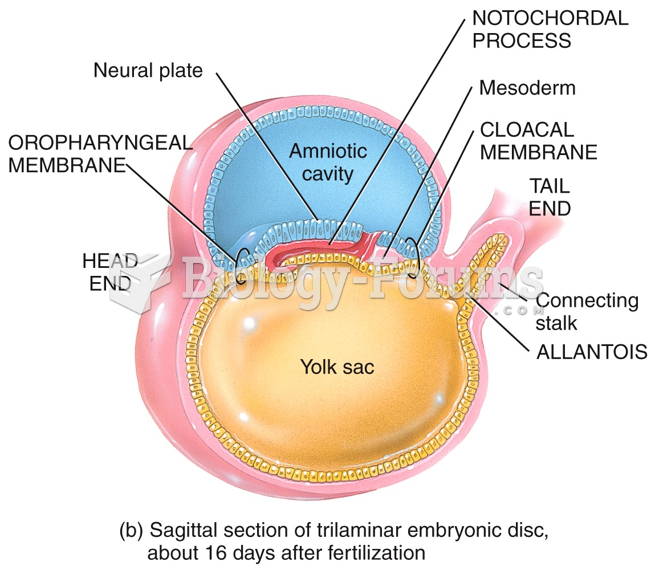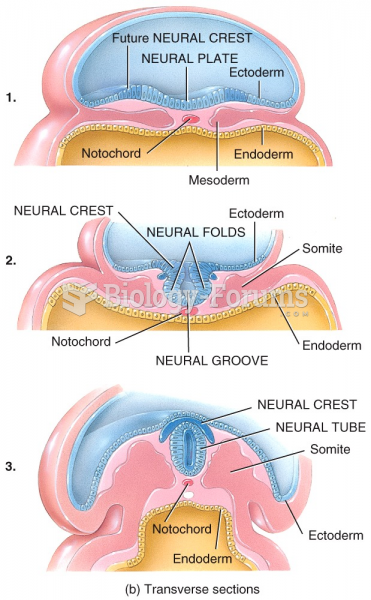Answer to Question 1
F
Answer to Question 2
1. Direct Materials
Actual Costs
Incurred
(Actual Input Qty.
Actual Price)
Actual Input Qty.
Budgeted Price Flexible Budget
(Budgeted Input
Qty. Allowed for
Actual Output
Budgeted Price)
(3,700 sq. yds. 5.10)
18,870
(3,700 sq. yds. 5.00)
18,500 (2,000 2 5.00)
(4,000 sq. yds. 5.00)
20,000
370 U 1,500 F
Price variance Efficiency variance
1,130 F
Flexible-budget variance
The unfavorable materials price variance may be unrelated to the favorable materials efficiency variance. For example, (a) the purchasing officer may be less skillful than assumed in the budget, or (b) there was an unexpected increase in materials price per square yard due to reduced competition. Similarly, the favorable materials efficiency variance may be unrelated to the unfavorable materials price variance. For example, (a) the production manager may have been able to employ higher-skilled workers, or (b) the budgeted materials standards were set too loosely. It is also possible that the two variances are interrelated. The higher materials input price may be due to higher-quality materials being purchased. Less material was used than budgeted due to the high quality of the materials.
Direct Manufacturing Labor
Actual Costs
Incurred
(Actual Input Qty.
Actual Price)
Actual Input Qty.
Budgeted Price Flexible Budget
(Budgeted Input
Qty. Allowed for
Actual Output
Budgeted Price)
(900 hrs. 9.80)
8,820
(900 hrs. 10.00)
9,000 (2,000 0.5 10.00)
(1,000 hrs. 10.00)
10,000
180 F 1,000 F
Price variance Efficiency variance
1,180 F
Flexible-budget variance
The favorable labor price variance may be due to, say, (a) a reduction in labor rates due to a recession, or (b) the standard being set without detailed analysis of labor compensation. The favorable labor efficiency variance may be due to, say, (a) more efficient workers being employed, (b) a redesign in the plant enabling labor to be more productive, or (c) the use of higher quality materials.
2.
Control Point
Actual Costs
Incurred
(Actual Input Qty.
Actual Price)
Actual Input Qty.
Budgeted Price Flexible Budget
(Budgeted Input
Qty. Allowed for
Actual Output
Budgeted Price)
Purchasing (6,000 sq. yds. 5.10)
30,600 (6,000 sq. yds. 5.00)
30,000
600 U
Price variance
Production (3,700 sq. yds. 5.00)
18,500 (2,000 2 5.00)
20,000
1,500 F
Efficiency variance
Direct manufacturing labor variances are the same as in requirement 1.







